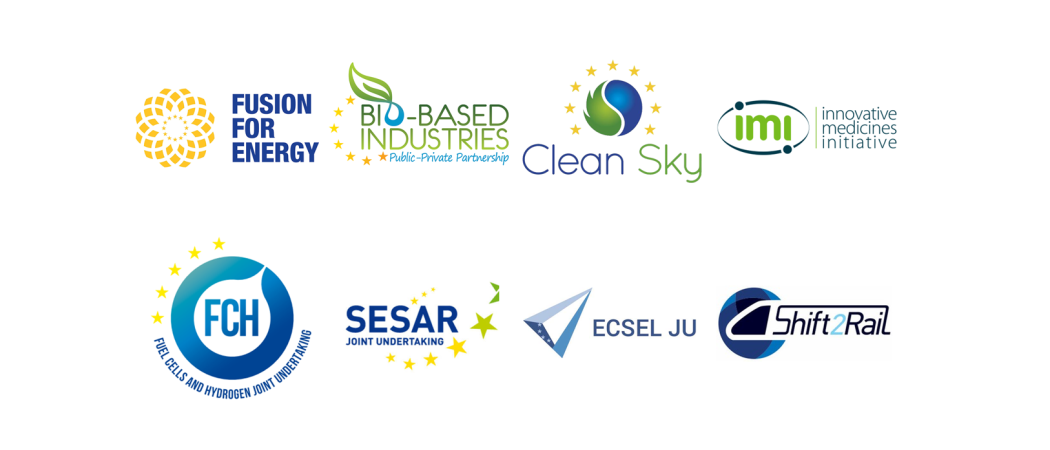Draft EU paper targets cash flow and other financial problems in its Horizon 2020 ‘Joint Undertakings’ involving multiple companies, universities and governments

The European Commission is considering ways to improve the financial management of some of its biggest research partnerships.
In a draft paper obtained by Science|Business, Commission staff write that the EU’s big multi-partner R&D projects – such as the ECSEL Joint Undertaking for the micro-electronics industry – have been dogged by cash-flow and other financial problems stemming from their complex structure. The paper, for a Brussels meeting on the topic planned for 5 November, says the Commission wants to discuss some possible reforms with the member states that co-fund the projects.
The issue affects thousands of companies, universities and other organisations that participate in these projects. The ECSEL project, for instance, had more than €1.9 billion in budget for its first three years, from 2014-2016. Its mission, to develop new technologies that boost the competitiveness of Europe’s semiconductor and components industries, involves the participation of more than 1,000 companies. Yet a 2017 review of the project cited several administrative problems stemming, not from the project management itself, but from the basic set-up.
One key problem is cash flow. These so-called Joint Undertakings are run under two specific articles of the European treaties that permit the Commission to set up organisations to manage money from several funders at once – itself, the member states, and others.
These organisations award grants in rolling public calls for applications throughout a year. But the money to fund the grants gets paid on all different kinds of schedules by the different funders – meaning the money isn’t always there when it’s needed. The Commission money has sometimes been used to fill the gaps. But one possible solution, the paper suggests, is that the participating member states plan ahead better – committing to a multi-annual payment process.
Other problems are more complicated. For instance, in Joint Undertakings the normal arrangement is that each member state puts in just enough cash to cover the grants of its own national grantees in the project. But problems arise when, in the course of a project, grantees drop out or join in, upsetting the calculation for which country owes how much.
Another problem: the JUs are supposed to choose and pay grantees under one common set of EU rules. But the money from the member states comes out of different national budget lines that have their own rules – and often, the EU and national rules don’t match. A resulting “variation in reimbursements rates… makes the 1:1 principle (total EU financial contribution matched by total participating states’ contributions) more difficult to achieve,” the paper says.
The whole issue – seemingly arcane but financially important – is one of several that have earned the Commission’s R&D programmes an international reputation for complexity.
As it prepares its next big programme, Horizon Europe from 2021 to 2027, it says it is striving to simplify the way things run. As part of that, it proposed in June 2018 slashing the number of these big “partnership” projects from more than 120 today to 44 – fewer, but bigger and simpler.
But because these projects are often part of national industrial policy, the member states have been pushing the Commission to add more. The issue is likely to take until at least the start of Horizon Europe to settle.





 A unique international forum for public research organisations and companies to connect their external engagement with strategic interests around their R&D system.
A unique international forum for public research organisations and companies to connect their external engagement with strategic interests around their R&D system.